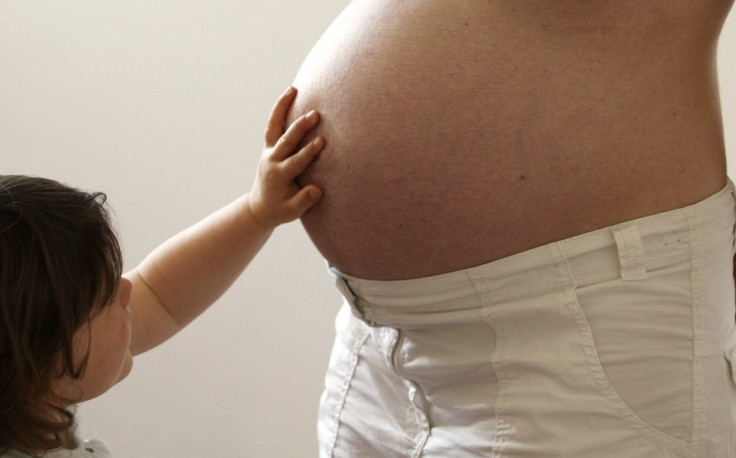Stillbirths Twice as Likely In Poorer UK Households
Study identifies inequality gap in stillbirth rates that has not changed in the last eight years.

Stillbirths are twice as likely to occur in poor households as in the most affluent, a study claims.
Researchers found that there was an inequality gap visible in the rates of all causes of stillbirth - when the foetus dies inside the uterous - and that the gap has not altered in the last eight years.
The study authors, from the University of Leicester, assessed the number of stillbirths that took place from 2000 to 2007, inclusive and assessed the specific causes of any stillbirths that occured, as well as the deprivation levels of the household.
They found that for every 10,000 births that occcured over the period, 44 would result in a stillbirth - with twice as many occuring in the most deprived 10 percent of the UK as among the least deprived.
The study, published in the BMJ Open journal showed that unexplained stillbirths accounted for 59 percent of the deaths, and the authors claimed "a better understanding of these stillbirths is necessary to reduce socioeconomic inequalities."
There are many possible causes for a stillbirth, ranging from bacterial infections to physical trauma, but the cause of the vast majority are unknown.
The study found that women in the most deprived area were three times more likely to lose a baby following a bleed before their due date. Risk factors for this condition included previous pregnancies, several pregnancies close together, smoking or giving birth either very young or old.
More deprived households were also three times more likely to result in congenital abnormalities leading to stillbirth.
The authors concluded:"if the stillbirth rates seen in the least deprived areas were seen throughout the population, there would be a third fewer stillbirths in England, nearly 900 fewer every year.
"However, recent reductions in other high-income countries suggest that there exist modifiable risk factors and that by introducing targeted interventions, and improvement in stillbirth rates could be seen."
Stillbirth remains relatively common, even following significant improvements in care in developed nations. The authors add that the UK has one of the highest stillbirth rates.
© Copyright IBTimes 2025. All rights reserved.





















